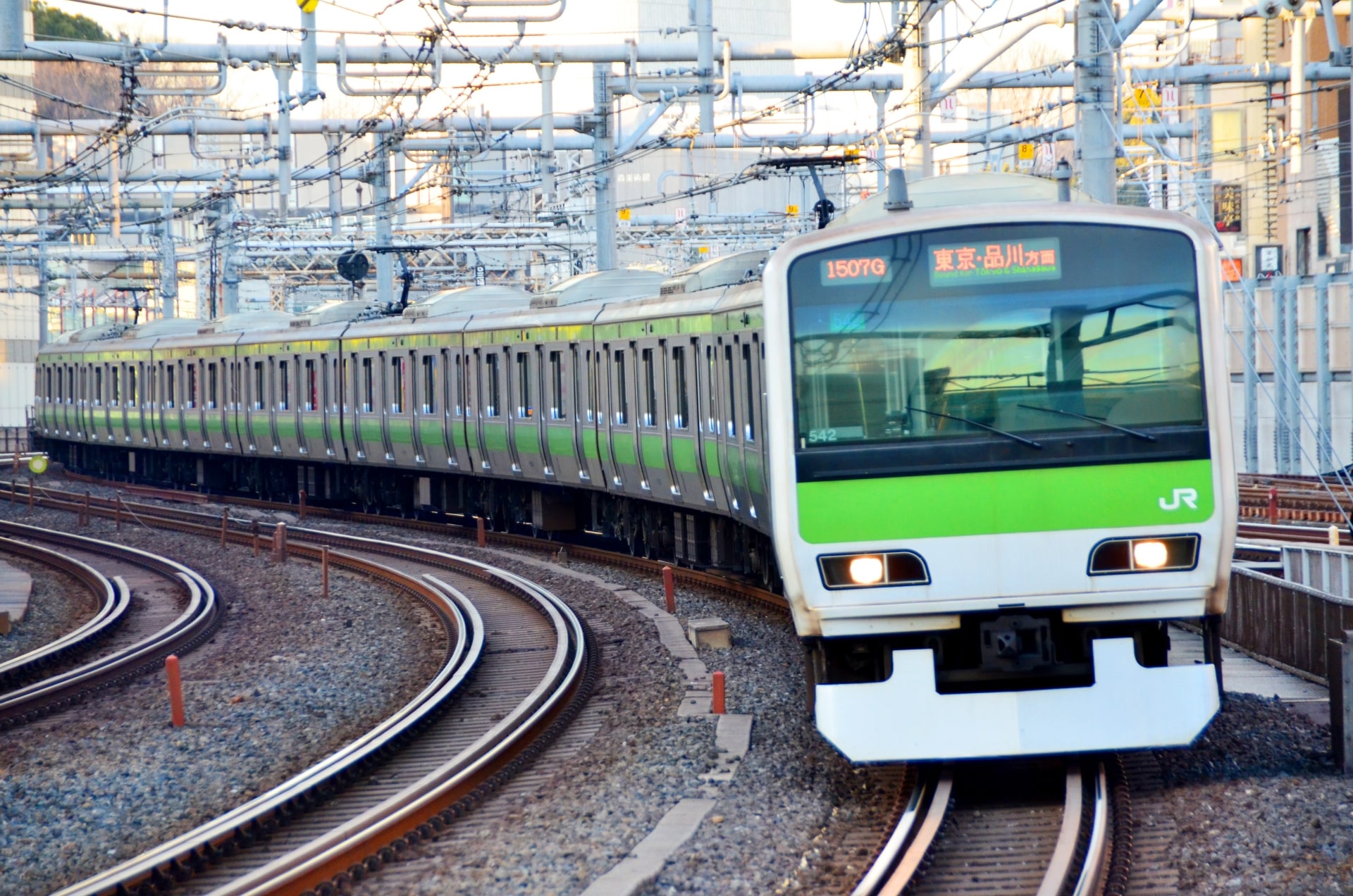
Taking Public Transportation in Japan: A Guide to Navigating Like a Local
Public transportation in Japan is not just a means of getting from one place to another; it’s an integral part of daily life, known for its efficiency, punctuality, and cleanliness. Whether you're navigating the bustling streets of Tokyo or exploring rural areas, public transportation offers a reliable and convenient way to travel.
Taking Public Transportation in Japan: A Guide to Navigating Like a Local
Public transportation in Japan is not just a means of getting from one place to another; it’s an integral part of daily life, known for its efficiency, punctuality, and cleanliness. Whether you're navigating the bustling streets of Tokyo or exploring rural areas, public transportation offers a reliable and convenient way to travel. However, if you're new to Japan, understanding the system can feel overwhelming at first. Here’s a guide to help you navigate the ins and outs of Japan’s world-renowned public transportation system.
1. Trains: The Backbone of Japanese Transportation
Japan’s train system is famous for its speed, punctuality, and extensive reach. Whether it's local trains, express lines, or the iconic Shinkansen (bullet train), trains form the backbone of the public transportation network in Japan.
In major cities like Tokyo and Osaka, local trains and subways are a daily essential for millions. With well-organized routes, clear signage (in both Japanese and English), and frequent departures, it's easy to get around once you're familiar with the basics. However, during rush hours, trains can get extremely crowded, especially in urban areas, so be prepared for some packed journeys.
The Shinkansen is perfect for traveling between cities. It’s fast, quiet, and offers a smooth ride. One thing to note is that the seats are reserved on many Shinkansen lines, so purchasing tickets in advance is recommended, especially during busy travel periods.
2. IC Cards: A Convenient Way to Travel
One of the most convenient aspects of taking public transportation in Japan is the IC card system. Cards such as Suica and Pasmo can be used to tap in and out of almost all trains, buses, and even convenience stores. These cards eliminate the need to buy individual tickets for each journey, saving time and making it easier to transfer between different modes of transportation.
IC cards can be recharged at machines found at most stations, and they can also be used to pay for small purchases, making them incredibly handy.
3. Buses: An Underrated Option
While trains are the go-to option for many travelers, buses are an important part of the public transportation network, particularly in areas not covered by trains. In rural regions and smaller towns, buses might be your only mode of public transport.
Taking a bus in Japan is straightforward, but it’s a little different from Western systems. Most buses operate on a pay-as-you-leave system. You’ll enter through the rear door, and when you’re ready to get off, you’ll exit from the front, paying your fare either with an IC card or in cash. Many buses display stop names in both Japanese and English, but it’s always a good idea to double-check your destination.
4. Punctuality and Etiquette
One of the most impressive aspects of Japan’s public transportation is its punctuality. Trains, in particular, are famous for being on time to the minute. If a train is late by even a minute or two, the conductors will apologize, and in rare cases of significant delays, passengers may receive official “delay certificates” for work or school.
Japanese public transportation also has its own set of etiquette rules that should be followed. For example, speaking on the phone is generally discouraged, and people tend to keep their conversations quiet and brief. Priority seating is reserved for the elderly, pregnant women, and people with disabilities, and it's considered polite to offer your seat to someone in need.
5. Apps and Navigation Tools
Navigating public transportation in Japan can be made even easier with the use of apps. Tools like Google Maps, Hyperdia, or Japan Travel by NAVITIME are indispensable for planning routes, especially when transferring between different train lines or bus routes. These apps provide real-time information on train schedules, platform changes, and ticket prices, making it much simpler to get around.
6. Travel Passes for Tourists
If you’re a tourist visiting Japan, consider purchasing a travel pass to save money on transportation. The Japan Rail Pass is the most popular option, offering unlimited travel on most JR trains, including the Shinkansen, for a set number of days. There are also regional passes, such as the Tokyo Metro Pass or Kansai Thru Pass, which can help you explore specific areas without the hassle of buying individual tickets for each journey.
Conclusion
Taking public transportation in Japan is an experience in itself, reflecting the country’s dedication to efficiency, precision, and hospitality. Once you familiarize yourself with the system, traveling becomes easy, whether you’re navigating the intricate train networks of a big city or enjoying the scenic routes through the countryside. Just remember to mind the local etiquette, and you’ll find that public transportation in Japan is one of the most enjoyable and stress-free ways to explore the country.